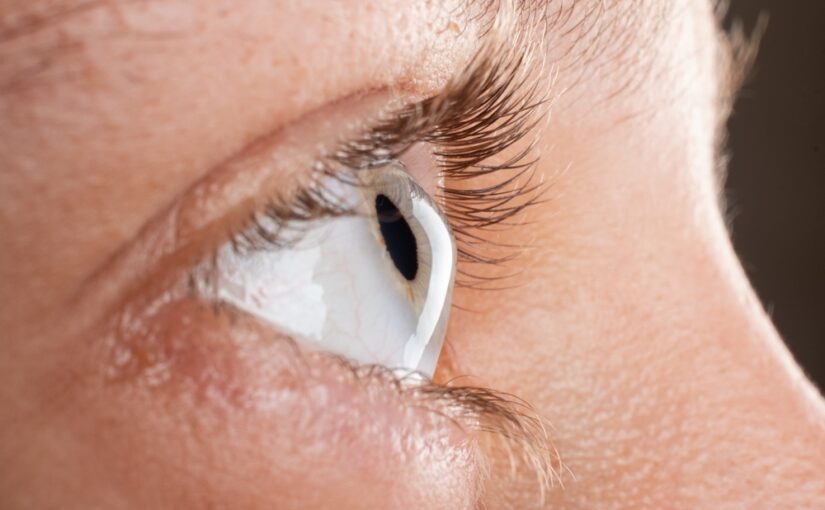Keratoconus is more than just an eye condition — it’s a progressive disease that can drastically alter the way you see the world. When the cornea, which normally is round, begins to thin and gradually bulge into a cone-like shape, it causes a distortion in vision that can impact nearly every aspect of daily life. From reading and driving to recognizing faces and navigating new environments, the effects of keratoconus are profound and far-reaching. Early detection and immediate treatment are important not only for managing the symptoms but also for preserving your vision and maintaining your quality of life as the condition progresses. Read on to see what our experts at Vista Eye Specialists have to say.
Understanding Keratoconus
This eye disease usually starts to manifest during the teenage years or early adulthood and tends to worsen progressively if not properly treated. As the cornea becomes more conical, it distorts the light entering the eye on its way to the retina, leading to visual distortion. Common symptoms include blurring, light sensitivity, and increases in astigmatism and nearsightedness, all of which complicate everyday activities like driving, reading, or seeing details clearly.
Importance of Early Intervention
Seeking treatment shortly after a diagnosis is crucial for several reasons:
- Slowing Progression: Today’s advanced treatments, such as corneal cross-linking, can effectively slow or halt the progression of keratoconus. This procedure strengthens the corneal fibers, preventing further bulging and thinning.
- Improving Vision: Early intervention can stabilize the vision changes, making it easier to correct vision with glasses or contact lenses. Sometimes, it can reduce the need for more invasive procedures, such as corneal transplants.
- Preventing Complications: The cornea can become scarred and increasingly irregular as keratoconus progresses. In advanced stages, the condition can lead to acute corneal hydrops, a sudden and painful cornea swelling, which can cause significant temporary vision loss.
Treating Keratoconus
Corneal cross-linking is a standout treatment for halting the progression of keratoconus. This minimally invasive procedure involves:
- Applying Riboflavin (Vitamin B2): A solution of riboflavin is placed on the cornea, which penetrates the corneal tissue.
- UV Light Activation: After riboflavin application, the treated area is exposed to controlled UV light. This activates the riboflavin, leading to the formation of bonds between collagen fibers in the cornea.
- Strengthening the Cornea: These new collagen bonds increase the strength and stability of the cornea, preventing further bulging and thinning.
The procedure effectively stabilizes the cornea, slowing or halting the progression of keratoconus, and is currently the only method proven to do so. It is most effective when performed early in the disease’s progression, highlighting the importance of prompt treatment.
Seek Essential Treatment Here in Virginia
At Vista Eye Specialists, we are committed to leveraging state-of-the-art technology and our extensive expertise to diagnose and manage keratoconus with the utmost precision and care. Our team understands the complexities of this condition and focuses on tailored treatment plans designed to meet the unique needs and outcomes desired by our patients.
If you suspect you may have keratoconus, contact Vista Eye Specialists in Fredericksburg & Culpepper, VA to schedule a comprehensive eye exam or begin treatment. Call 1-540-208-5827.


